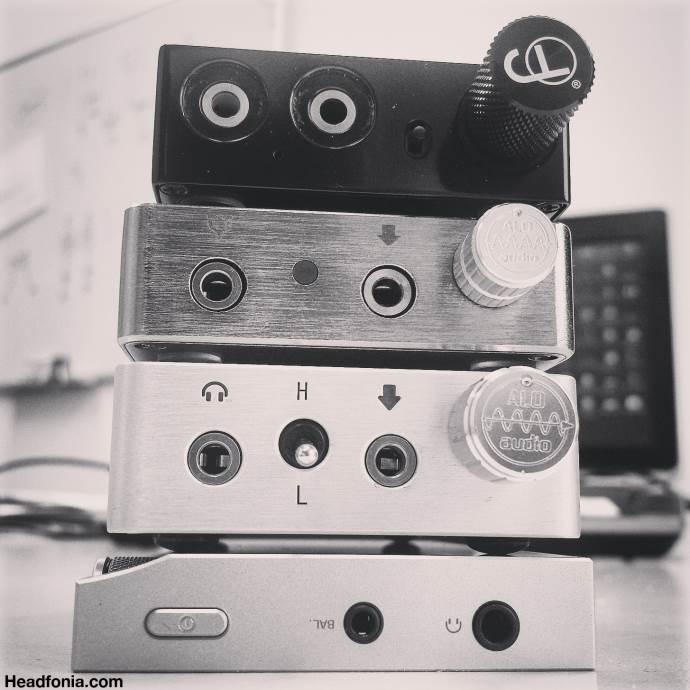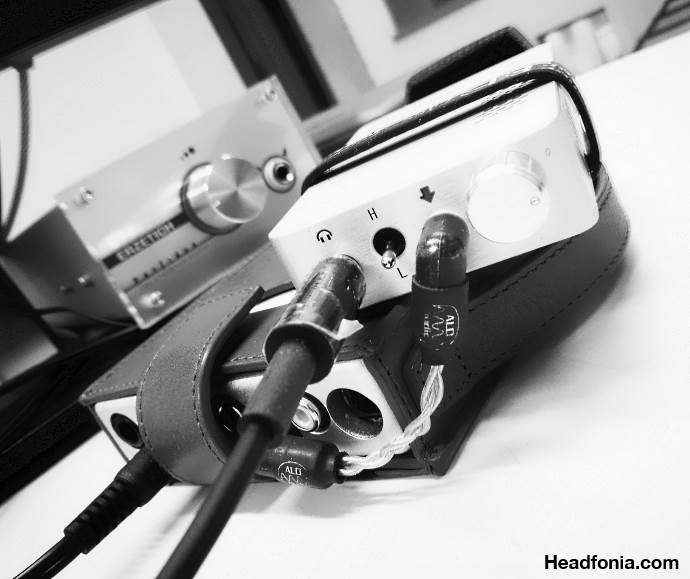
Disclaimer: ALO Audio is a site advertiser. The ALO Audio Continental V5 was sent to us free of charge in exchange for this review. As far as I know we’re one the first international sites to cover the Continental V5.
ALO Audio
I believe that you must head about ALO Audio before for those who’s serious about personal audio. ALO Audio is a Portland, US based company that over the years has launched a series of very successful cables and portable and desktop amplifiers such as the Rx MK-series, the Studio Six, the Rx, the CDM and so many more. They also recently launched their Campfire Audio brand that makes very popular universal inear monitors such as the Andromeda, Jupiter, Nova and Orion. Now ALO Audio is back with the CV5. There was a time where things got quiet around the brand but with the CDM, the CA IEMs and now the new Continental amp; they’re completely back and as popular as ever. ALO always brings quality and people never forgot that.
Continental V5
The Continental V5 simply is a portable vacuum tube and solid state hybrid portable amp. It delivers the low output impedance and tight bass control and sonic detail you expect from a solid state amplifier (such as the RX) with the added spatial qualities and sonic lushness you’d expect from a vacuum tube based amp such as the Continental Dual Mono (CDM). The CV5 (in stock form) uses a 6111 micro vacuum tube that is placed at the input stage of the CV5, running in class A. The CV5 has a class A tube input and a class AB solid state output.
The Cv5 features a stock 6111 micro vacuum tube and uses a hi/low gain switch that allows finer adjustment to gain and better versatility usage with a wide variety of IEMs and headphones. The CV5 produces low heat with low microphonics making the Cv5 a true portable amp. The ALO CDM runs quite warm, especially in DAC mode, so this is a welcome change. More on that in the “Why?” part below.

Unlike the CDM, the CV5 is not a DAC. According to ALO hey decided not to include a DAC because of a few reasons. First of all a lot of phones, DAPs and sources nowadays already have top quality DACs inside. Second, the advantage of skipping the DAC part was that they could make the CV5 a whole lot smaller. Third, it reduces the cost of the amp resulting in a lower sales price and finally, not having a DAC strongly increases battery life.
Looks and build Quality
The new Cv5 more or less has the same footprint as the Rx amp (see picture) and it measures only 2.28 inches x 3.64 inches. The RX measures 2.28×3.64×0.69 inches and as you can see in the pictures, the new CV5 is just a little thicker because of the battery used and the presence of a 6111 tube. Build quality – as usual – is top notch with all units being assembled and quality tested in Portland. The casing isn’t the same as the RX though, and it feels and looks a little different (matte finish). With its small size and light weight the new CV5 is very stackable and portable. It matches the Mojo and AK70 perfectly, just to name two. I personally think the CV5 looks pretty and its size is perfect for a portable amp.
On top of the case you’ll find the typical ventilation holes for the tube and the Continental V5 name. On one side there is nothing at all while the other side has even more holes for ventilation and it shows the blue LED as well (mute circuit activated). On the back of the unit you’ll find the micro USB plug for charging the CV5 and a LED that informs you when the amp has been fully juiced up. The front plate of the units has the volume know, 3.5mm input, 3.5mm output and the gain switch (-10dB/+10dB). The witches, in- and outputs are fairly close to each other though, if you’re using bigger plugged headphones and interconnects and have not the smallest of fingers, it might not be the best handling device.

Out of one charge you can more or less get about 8-9 hour play time, depending on the inear or headphone used. The CV5 comes with a dedicated charger but it can also be charged by plugging it in to your USB port. In fact ALO advises to use the USB charge method in case you’re planning on listening to it while it’s charging, in order to keep the best sound quality. I however do get a high pitched sound when I’m listening while it’s charging, but it’s barely audible.
